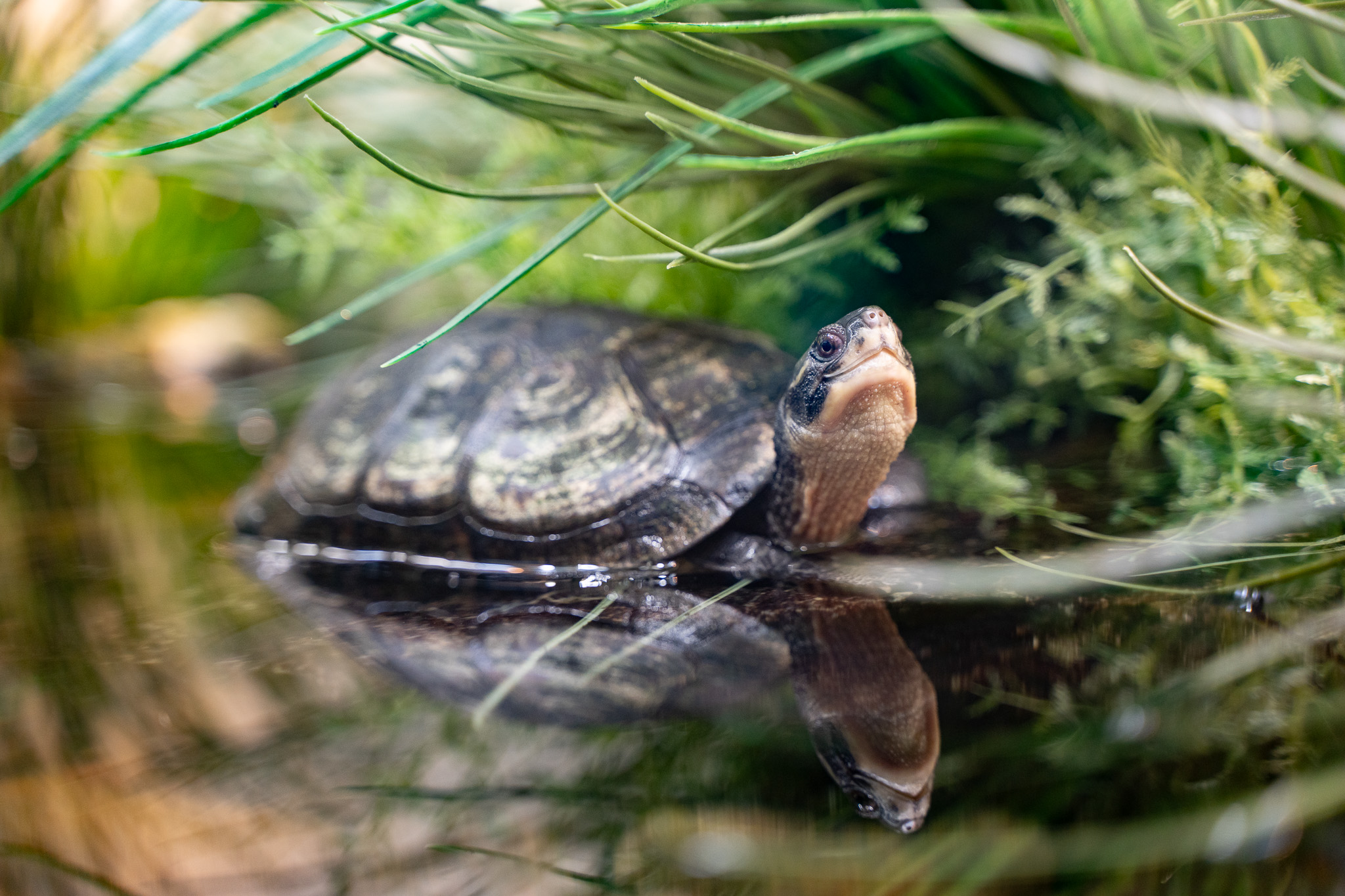- Explore the biology and ecology of the Yellow Pond Turtle, focusing on its habitat preferences, diet, and behavior.
- Discuss the reasons behind the Yellow Pond Turtle’s critically endangered status, including threats from habitat destruction and the illegal wildlife trade.
- Highlight the efforts of conservation organizations and zoos in protecting and conserving the Yellow Pond Turtle population.
- Provide actionable suggestions on how individuals can contribute to the conservation of the Yellow Pond Turtle.
- Explain the educational significance of these turtles in understanding broader ecological and environmental issues.
The Yellow Pond Turtle, native to the freshwater regions of Coastal China, Taiwan, Japan, and Vietnam, is a reptile of profound scientific interest and environmental concern. Understanding its biology and ecology requires examining its natural habitat, dietary habits, and behavioral patterns. These turtles are known to inhabit slow-moving streams, ponds, and marshy areas where aquatic vegetation is plentiful. Their diet primarily consists of aquatic plants, small fish, and insects, which they hunt with a combination of stealth and patience. Behavioral studies have shown they are largely solitary creatures, often exhibiting timidity and a preference for remaining submerged to avoid predation.
Unfortunately, the Yellow Pond Turtle faces critical endangerment. Habitat destruction due to urban development, pollution, and agricultural expansion remains a significant threat. Wetlands are drained, and water quality deteriorates, stripping these turtles of their homes and food sources. Concurrently, the illegal wildlife trade, spurred by demand for traditional medicine and the exotic pet market, has led to severe population declines. This illegal trade can often decimate local populations faster than they can naturally recover, pushing many species, including the Yellow Pond Turtle, closer to extinction.
Conservation initiatives by zoos and dedicated organizations aim to reverse these dire trends. Captive breeding programs and habitat restoration projects play pivotal roles. Breeding programs provide a genetic reservoir for future reintroduction efforts, while habitat restorations aim to improve the natural environments necessary for turtle survival. Many zoos participate in awareness campaigns, educating the public on the turtles’ plight and promoting sustainable practices to protect their habitats. By supporting these programs, zoos not only preserve an endangered species but also educate the public about broader conservation efforts.
Individuals passionate about wildlife conservation can contribute significantly. Supporting zoos and conservation organizations financially or through volunteer efforts is crucial. Spreading awareness about the Yellow Pond Turtle and its challenges can also foster a wider understanding and support base for conservation initiatives. Engaging in sustainable practices, reducing pollution, and promoting habitat restoration can further aid in efforts to stabilize or increase the turtles’ populations in the wild.
The Yellow Pond Turtle’s story is reflective of larger environmental issues. They serve as an indicator species, whose health reflects the overall condition of their aquatic ecosystem. By studying and conserving these turtles, scientists and conservationists gain insights into ecological changes and the impacts of human activities. This understanding is vital for implementing strategies that address not only the conservation of these turtles but also the broader environmental concerns affecting global biodiversity.
In sum, the Yellow Pond Turtle is more than just a species on the brink of extinction. Its survival and the efforts to protect it offer a lens through which we can understand the intricate balance of ecosystems and the urgent need for conservation. Through concerted efforts spanning from individual action to organizational strategies, there is hope for the preservation of this remarkable reptile and its environment.
*****
Source Description
Happy from this Yellow Pond Turtle! 🐢
Native to freshwater areas of Coastal China, Taiwan, Japan, and Vietnam, this critically endangered reptile is at risk of extinction due to habitat destruction and the illegal wildlife trade. However, you can help by supporting zoos and conservation organizations and sharing this information with your friends and family.


